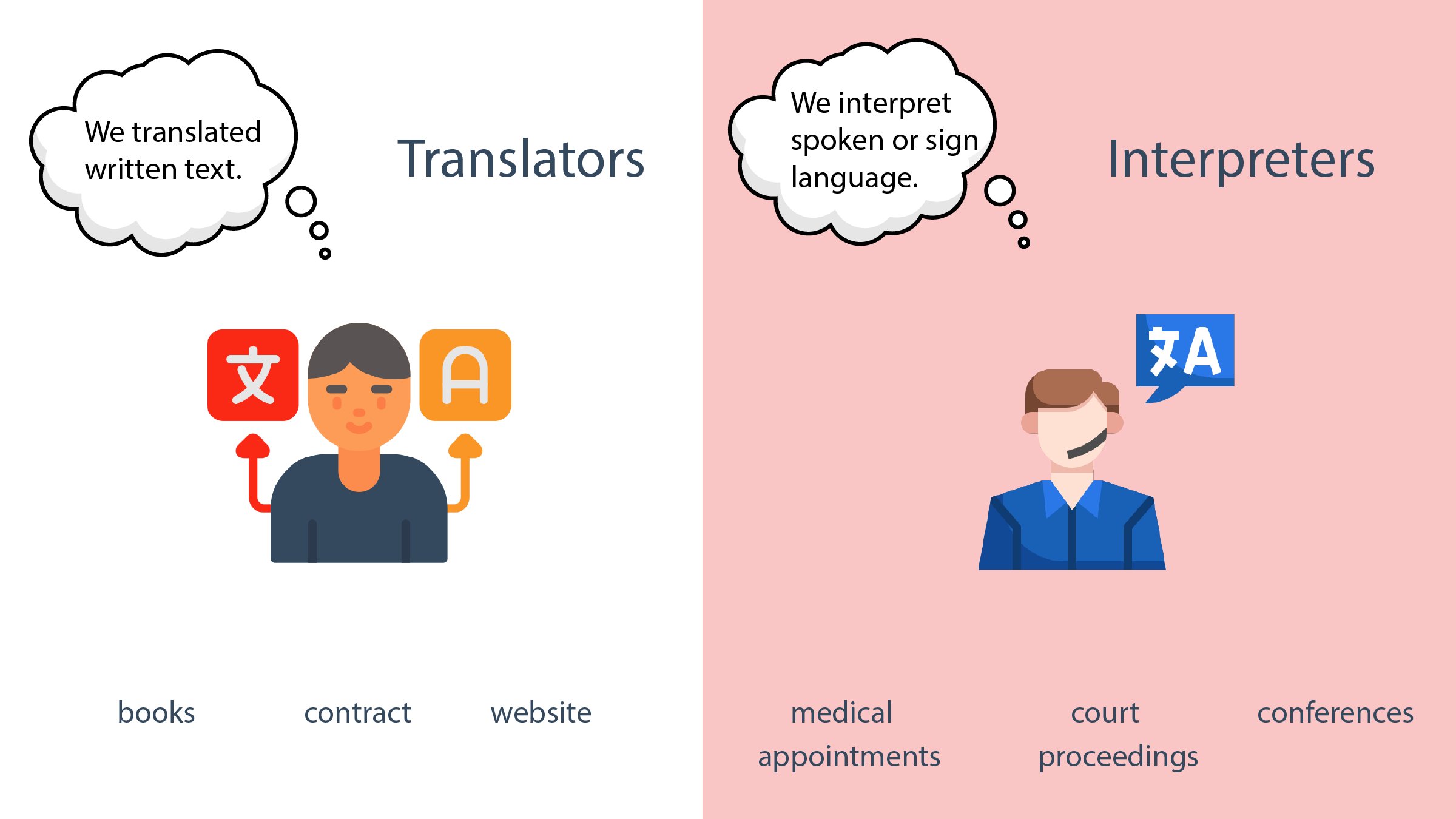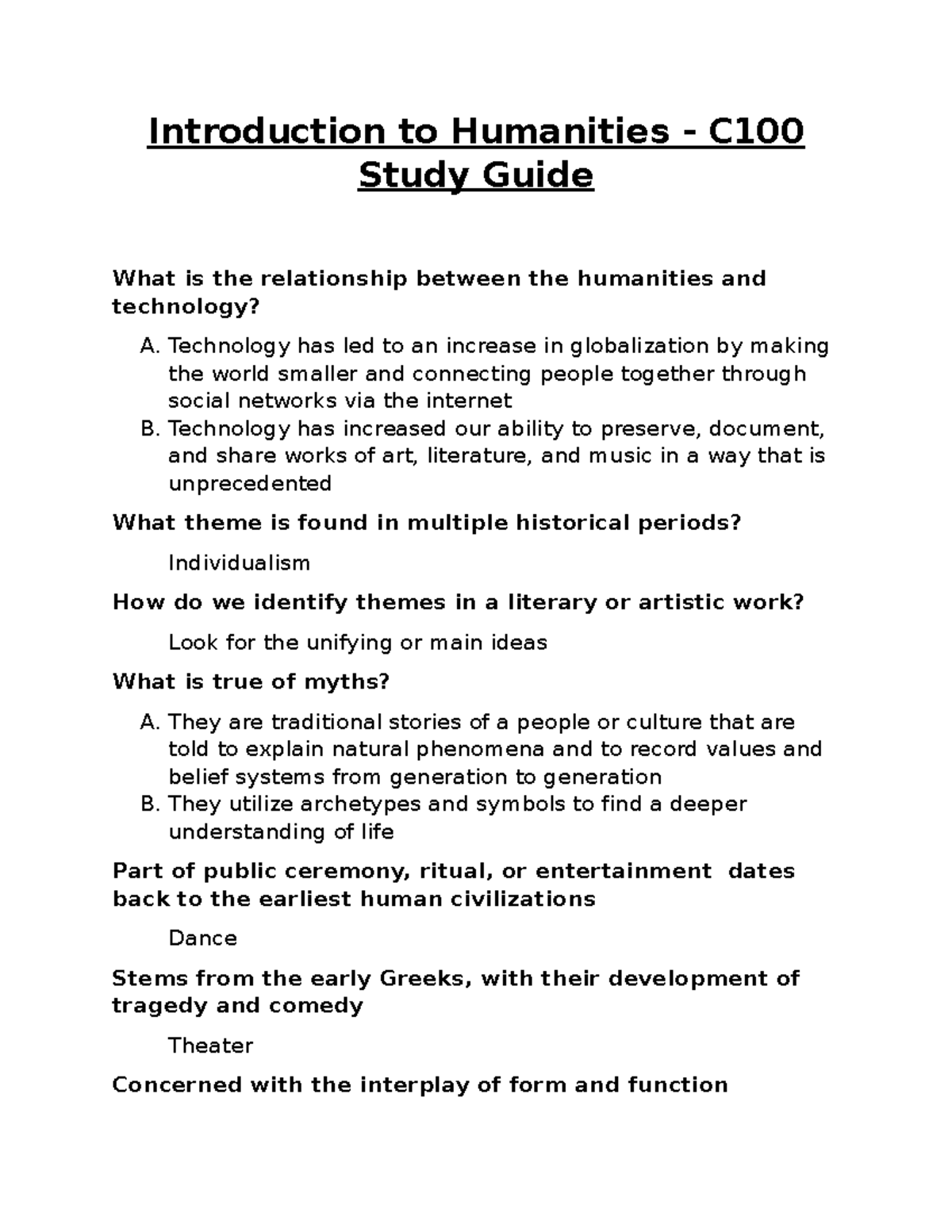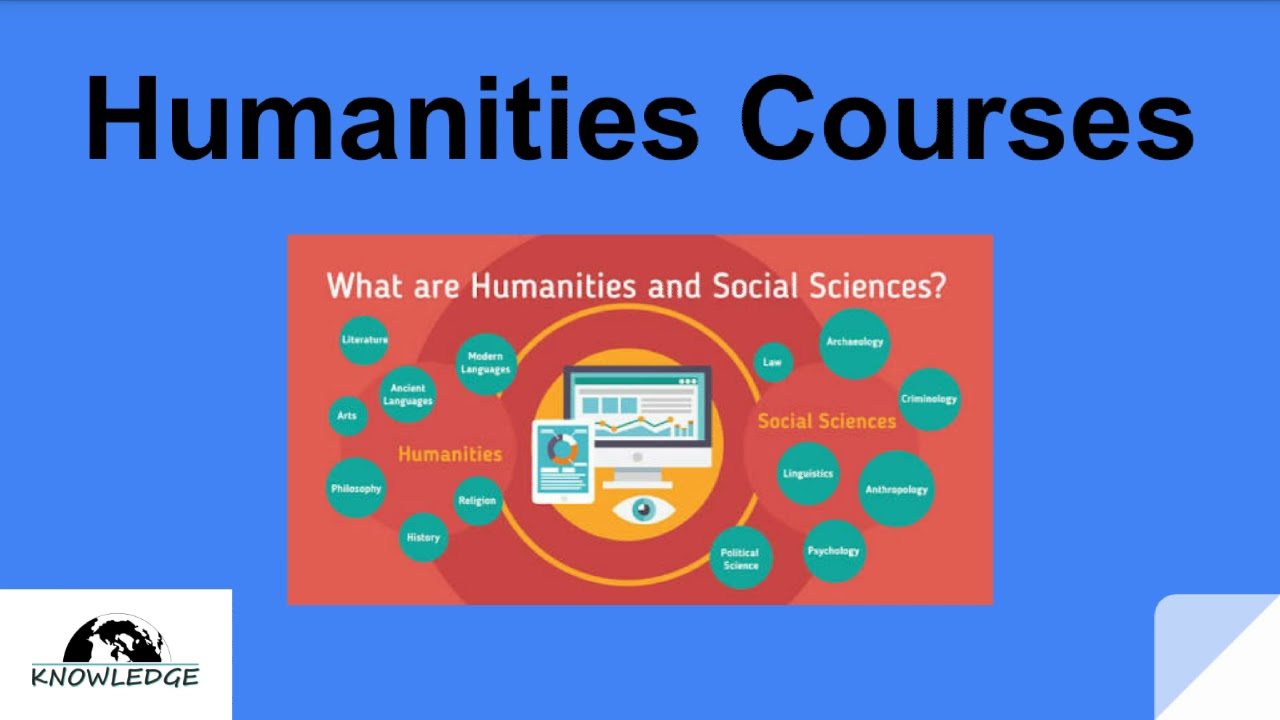How to read like a translator can unlock new depths in your literary experience, transforming your approach to reading. By understanding translation techniques, one can appreciate not just the words on the page but the intricate dance of meaning that unfolds across languages. Acclaimed translator Damion Searls emphasizes that effective reading goes beyond mere comprehension; it is an active engagement with sentence structure and style, akin to how one might envision Mr. Darcy from Austen’s classic. This philosophy of translation invites readers to explore the art of translating literature, enabling them to recognize the deliberate choices that authors and translators make. With this skill, you’ll cultivate a richer appreciation for texts, blending the roles of reader, writer, and translator in this intricate interplay of languages.
Delving into the nuances of reading as a translator offers a fresh perspective on literature, enriching both understanding and appreciation. This approach necessitates a unique blend of analytical and creative thinking, where one examines the essence of language and its interpretations. By exploring translating texts, readers gain insight into the philosophy of interpretation that underpins the art of translation, revealing the complexities behind each choice made by authors. As conveyed by Damion Searls, the act of associating words with their meanings and cultural contexts is essential for anyone seeking to master this transformative reading practice. Embracing this mindset not only enhances reading skills but also fosters a deeper connection with the original work, highlighting the beauty found in diverse linguistic expressions.
Understanding Translation Techniques
Translation techniques are pivotal to capturing the essence of a text while conveying its meaning accurately in another language. These techniques often include literal translation, transposition, and modulation. By understanding these methods, translators can navigate the complexities of language, ensuring that culturally specific references and nuanced expressions are preserved. Damion Searls, in his practice, employs these techniques to dissect various linguistic structures, ensuring that the translation remains faithful to the original while making it accessible to the target audience.
Furthermore, Searls emphasizes the importance of context in applying these translation techniques. A phrase that sounds perfect in one language might not resonate the same way in another due to cultural differences. This means that understanding the cultural and philosophical underpinnings of a text is essential for effective translation. For instance, when translating works by authors like Rilke or Nietzsche, the translator must also embrace the author’s stylistic choices and intended emotional impact, utilizing techniques that best serve the adaptation of the original work.
How to Read Like a Translator
“How to read like a translator” is not merely an instructional lesson; it is an immersive approach that intertwines reading and translation. Damion Searls encourages aspiring translators to engage with the text deeply, identifying layers of meaning that transcend mere words. This involves scrutinizing sentence structure, rhythm, and the author’s stylistic nuances. Translators are not passive recipients of text but rather active participants who bring their insights into the translation process. This active engagement can lead to a profound understanding of both the source and target languages.
In practical terms, reading like a translator means approaching every piece of literature with a critical eye, analyzing how various elements contribute to the overall narrative and emotional depth. For example, when faced with complex German constructions, such as Uwe Johnson’s syntax, a translator must decide what elements carry weight and simply cannot be omitted. This meticulous reading process allows translators to maintain fidelity to the original work, ensuring that the essence is not lost in translation.
The Philosophy of Translation
The philosophy of translation serves as a foundational theory that guides translators in their work. Drawing upon ideas from philosophers like Maurice Merleau-Ponty, Searls explores how perception and awareness shape the translation process. He argues that just as we intuitively understand objects around us, translators must develop a similar instinct for recognizing how language operates. This philosophical approach invites translators to consider the relationship between language and perception, leading to more thoughtful and deliberate translations.
Moreover, the philosophical dimension of translation challenges translators to explore the ‘living bond’ that exists between themselves, the text, and the cultural context. Searls posits that understanding a language and its nuances is akin to understanding an object’s purpose. This connection fosters a greater appreciation for each word’s placement and intention, indicating that translation is not merely a technical task but a profound interpretation and re-creation of the author’s vision.
Engaging with Literary Autonomy
Translating literature demands an engagement with the author’s autonomy—the unique voice that embodies their work. Searls asserts that respecting this voice is crucial in the translation process. Each writer’s linguistic style is not only a personal signature but also a reflection of their broader literary context. By understanding the autonomy of their subjects, translators can faithfully represent the original text while adapting it for new audiences.
This translation of literary autonomy involves making conscious choices that respect the author’s intent. For instance, in his work with renowned authors like Proust and Nietzsche, Searls must navigate their intricate styles while ensuring that their philosophies remain intact. By doing so, he highlights the importance of making informed decisions that enhance the translation while staying true to the source material.
Exploring Sentence Structures in Translation
The intricacies of sentence structure play a vital role in translation. Searls points out that understanding how sentences function in both the source and target languages is essential for producing a cohesive and coherent translation. Different languages have distinct syntactical rules, and as such, a direct translation may not always be effective. For instance, German frequently utilizes longer sentences with embedded clauses, which, when rendered into English, often require significant restructuring to maintain clarity and flow.
Moreover, Searls emphasizes the necessity of identifying key elements within sentences that carry meaning. As he illustrates with his analysis of Uwe Johnson’s deliberate use of specific constructions, acknowledging these nuances enables translators to convey the author’s stylistic choices while adapting the work for an English-speaking audience. An awareness of possible sentence structures in both languages ultimately leads to a translation that resonates well with readers, marrying fidelity with readability.
The Art of Literary Translation Workshops
Participating in literary translation workshops can significantly enhance a translator’s skills. Searls’ workshops at Harvard emphasize collaborative learning where translators can express their interpretations and receive feedback on their approaches. Such environments nourish creativity and refine one’s understanding of translation techniques, ultimately fostering a supportive community of practice among translators. Engaging with peers allows for the exchange of ideas and language nuances, which can be invaluable in the often solitary work of translation.
Through these workshops, translators can also grapple with larger philosophical questions of translation, guided by experienced practitioners like Searls. By dissecting different texts, participants can learn how to approach literary translation from varying angles, whether through direct translations or more interpretative approaches that aim to capture a text’s spirit. This dual focus on technique and philosophical inquiry enables translators to deepen their craft while honing their unique voice in translation.
Cultural Sensitivity in Translation
Cultural sensitivity is an essential component of the translation process. Searls highlights that translators must not only convey words but also the cultural context surrounding them. This means that a translator’s background and understanding of different cultures can dramatically influence the translation outcome. For example, idiomatic expressions or cultural references that resonate in one language may fall flat in another unless carefully adapted.
By cultivating cultural sensitivity, translators can effectively bridge the gap between languages. This entails more than mere word substitution; it involves immersing oneself in the source culture to fully grasp the intended meaning. Searls’ engagement with various authors exemplifies this sensitivity, as he seeks to create translations that resonate with readers while preserving the integrity of the original work. In this regard, understanding the culture provides depth to the translation that transcends mere technicalities.
The Role of Revision in Translation
Revision is a cornerstone of the translation process, as emphasized by Searls. After completing an initial draft, he engages in a meticulous review to ensure that the translation accurately reflects the original text while sounding polished in the target language. This revision stage allows translators to reconsider word choices, sentence structures, and overall narrative flow, ultimately enhancing the quality of the final product. The iterative nature of revision is essential in translation, as it enables the translator to capture subtleties that may have been overlooked in the first draft.
Moreover, Searls discusses how taking a fresh perspective during revision can reveal new insights about the text. By stepping back from the original source material, translators can better focus on the impact and tone of the translated work. This distance often fosters a more creative approach, enabling the translator to refine their work until it authentically resonates with the intended audience while respecting the original message.
The Aesthetic Value of Translation
The aesthetic value of translation is often overlooked yet incredibly significant. Searls argues that translation is not merely a functional task but also an art form that embodies beauty and creativity. The interplay of languages allows for a unique interpretation of literature that can introduce new readers to diverse voices from across the globe. By crafting an aesthetic experience through translation, Searls demonstrates that literature transcends linguistic barriers, inviting readers to engage with works they might otherwise never encounter.
Acknowledging the aesthetic aspect of translation encourages translators to embrace their creative instincts. This perspective nurtures a deeper appreciation of the original artwork while pushing the boundaries of how texts can be presented to new audiences. As Searls articulates, effective translations should not just inform; they should also evoke feelings, painting vivid images through carefully chosen words that resonate both in the source language and the target language.
Frequently Asked Questions
What does it mean to read like a translator?
Reading like a translator involves engaging deeply with the text in order to understand its nuances, structures, and stylistic choices. This practice allows a translator to convey the author’s intentions accurately while adapting the language to resonate with the target audience.
How can I improve my reading skills for translation purposes?
To read like a translator, focus on analyzing sentence structure, identifying key phrases, and understanding cultural references. Additionally, practicing close reading techniques can enhance your ability to recognize the subtleties of language, which is essential for effective translation.
What are some translation techniques that help in reading?
Some effective translation techniques include annotating the text, noting linguistic elements that may be omitted or altered, and considering the author’s stylistic choices. These techniques will improve your reading comprehension and help you produce more nuanced translations.
How does understanding the philosophy of translation enhance reading comprehension?
Understanding the philosophy of translation, as discussed by figures like Damion Searls, allows readers to appreciate the relationship between language and meaning. This awareness helps in recognizing how translators interpret texts, leading to deeper insights during reading.
Why is close reading important for translating literature?
Close reading is crucial for translating literature because it enables translators to grasp the complexity of language and the author’s intent. This process helps maintain the essence of the original text, ensuring that the translation resonates with the target audience.
Who is Damion Searls and how does he influence reading and translation?
Damion Searls is a prominent translator known for his work with authors like Jon Fosse and Proust. His insights into the reading process and translation philosophy encourage aspiring translators to engage with texts more profoundly, enhancing their overall reading and translation skills.
What should I focus on when reading for translation?
When reading for translation, focus on the author’s voice, the intention behind specific phrases, cultural context, and any unique linguistic patterns. This detailed observance will assist in creating a translation that is not only accurate but also resonates with the target audience.
How can translation workshops enhance my reading and translation skills?
Translation workshops, like those led by Damion Searls, provide opportunities to practice reading texts in-depth, discuss various translation approaches, and receive constructive feedback. This collaborative learning can significantly strengthen your reading and translation abilities.
What resources can help me study translation and reading strategies?
Resources such as books on translation theory, workshops by experienced translators, and academic courses in translation studies can greatly aid in developing reading strategies for translation. Engaging with these materials will improve your approach to reading and translating texts.
How does a translator’s reading experience influence their translations?
A translator’s reading experience shapes their understanding of the text’s structure and meaning, which directly influences how they approach translations. This unique perspective enables translators to create versions that resonate with the linguistic and cultural context of the target language.
| Key Concepts | Details |
|---|---|
| Translation Process | Translation is a complex blend of reading and writing, not merely word-for-word substitution. |
| Reading Experience | Translators have a unique reading experience that affects their choices and interpretations. |
| Intentionality | Translators must identify which elements are stylistic choices of the author and retain them. |
| Role of Structure | A close reading engages deeply with the language structure, allowing translators to capture nuances. |
| Philosophy of Translation | Translation involves a bond between the translator and the language, mirroring how we perceive objects. |
| Drafting Process | Starting with a slow and precise draft is key; subsequent revisions should focus on sounding right in English. |
| Cultural Context | Maintaining similar associations for both languages is crucial for a seamless reading experience. |
Summary
Learning how to read like a translator is essential for understanding the intricacies of translating texts across languages. Translating is not about choosing words but engaging deeply with the text to convey its meaning accurately. Readers can enhance their comprehension of foreign texts, thereby enriching their own reading experience, by appreciating the subtleties involved in the translation process. This approach combines the art of close reading with skillful writing, resulting in profound insights and a greater appreciation for both the source and target languages. Ultimately, when we learn to read like a translator, we unlock new layers of understanding and depth in literature.




